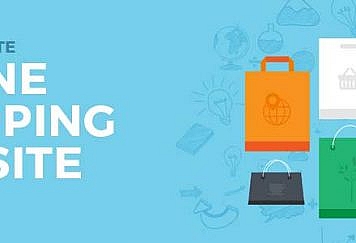When it comes to business, marketing is key to success. By targeting a specific audience, businesses can break down larger markets into smaller segments. This allows businesses to connect with the right customers and attract more business. Implementing target marketing strategies can also help individuals discover your brand.
What Is Targeting?
Target marketing is the process of identifying a group of consumers who have common needs or characteristics and then targeting them with a specific marketing mix. The goal of target marketing is to reach the target consumers with messaging that resonates with them and leads them to purchase your product or service. Read more about “what is targeting” in our special post.
How To Use Targeting
There are many ways businesses can use targeting. One way is by using market segmentation. Market segmentation is the process of dividing a larger market into smaller groups. This allows businesses to better understand their target audience and create marketing campaigns that appeal to that audience.
Another way businesses can target is by using customer profiling. Customer profiling is the process of creating a profile of an ideal customer based on their demographics, interests, and needs. This information can help businesses create marketing campaigns that are more likely to appeal to their target customers.
The Benefits Of Target Marketing
There are several benefits that businesses can enjoy by using target marketing strategies:
- Increased Sales: By specifically targeting consumers who are most likely to be interested in what they have to offer, businesses can see a significant increase in sales. This is because they are not wasting time and resources on marketing to people who are not likely to make a purchase.
- Greater Customer Satisfaction: When businesses use target marketing, they are able to create messages that are more relevant to their target audience. This can result in greater customer satisfaction rates as people feel like the business understands them and their needs.
- Improved Efficiency: By targeting specific consumers, businesses can use their marketing resources more efficiently. They will be able to save time and money by not having to produce materials that are not relevant to their target market.
- Reduced Competition: When businesses use target marketing, they can reduce the amount of competition they face. This is because they will be targeting a specific group of consumers who are less likely to be interested in what other businesses have to offer.
How To Do Target Marketing
Now that we’ve gone over what target marketing is and some of the benefits and drawbacks of it, let’s talk about how you can do target marketing for your business.
There are a few key steps you’ll need to take to successfully target market your product or service.
- Know Your Target Audience
The first step is to have a good understanding of who your target audience is. This means knowing their demographics, what they’re interested in, what their needs are, and what motivates them. You can learn all of this through market research. There are a variety of ways you can do market research, but some of the most common methods include surveys, focus groups, interviews, and data analysis.
- Develop Your Value Proposition
Once you know who your target audience is, you need to develop a value proposition that speaks to them directly. Your value proposition is what makes you different from your competitors and explains what benefit your product or service provides.
It’s important to keep your value proposition simple and clear. It should be easy for your target audience to understand what you’re offering and why they need it.
- Identify Your Channels
The next step is to identify the channels where you can reach your target audience. There are a variety of ways you can do this, but some of the most common methods include paid advertising, social media, email marketing, and search engine optimization (SEO).
- Create Compelling Content
Once you’ve identified your channels, you need to create compelling content that will capture your target audience’s attention. This means creating content that is interesting, informative, and relevant to your target audience.
- Drive Traffic to Your Channels
The final step is to drive traffic to your channels so that your target audience can see your content. This can be done through a variety of methods, such as paid advertising, social media, email marketing, and search engine optimization (SEO).
Conclusion
Targeting is an important part of any marketing strategy. By understanding your target audience and creating compelling content, you can reach them where they are and convert them into customers or clients. If you want to get more info, visit our website and read the guide.
Follow TechStrange for more Technology, Business, and Digital Marketing News.





